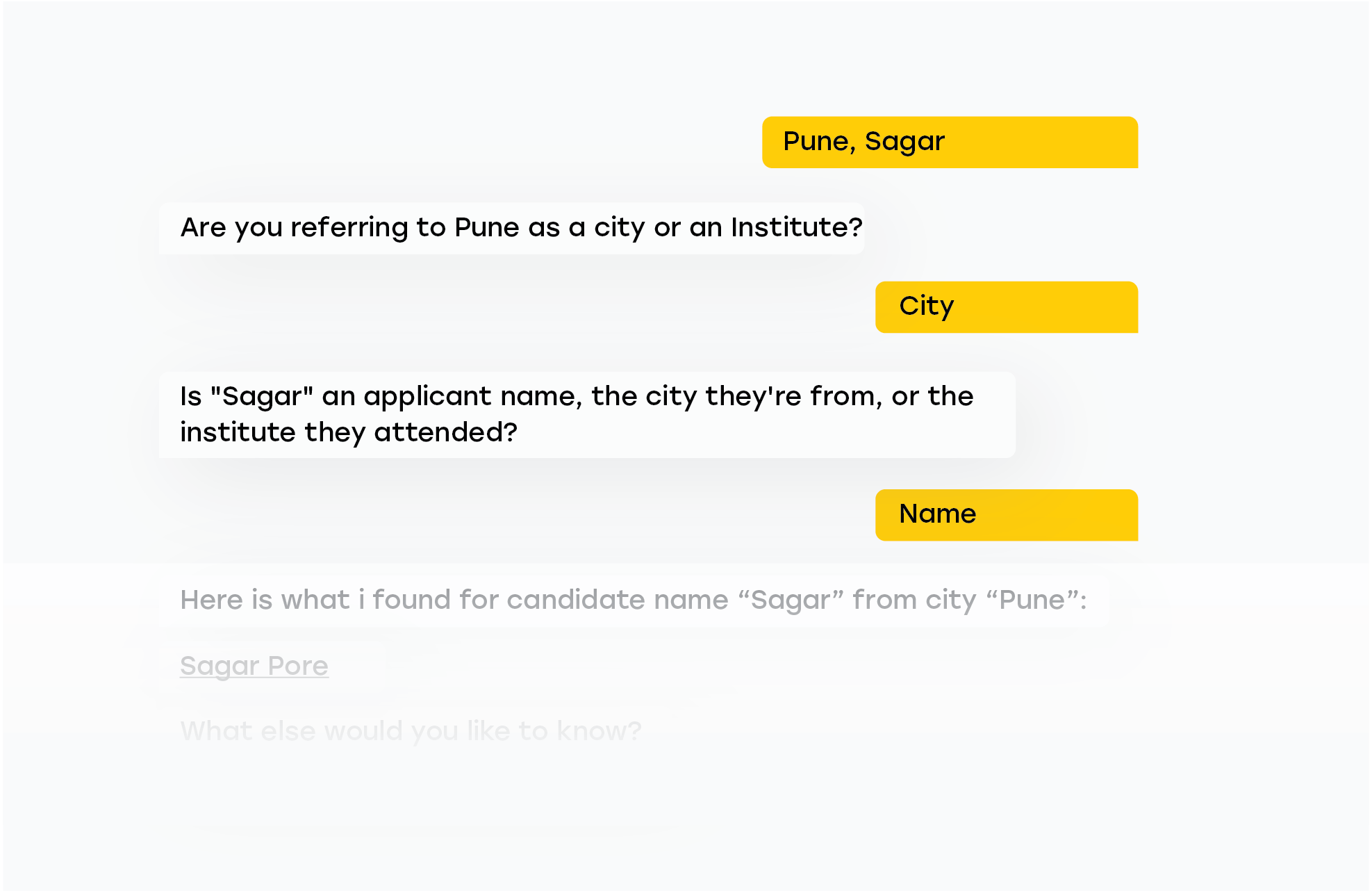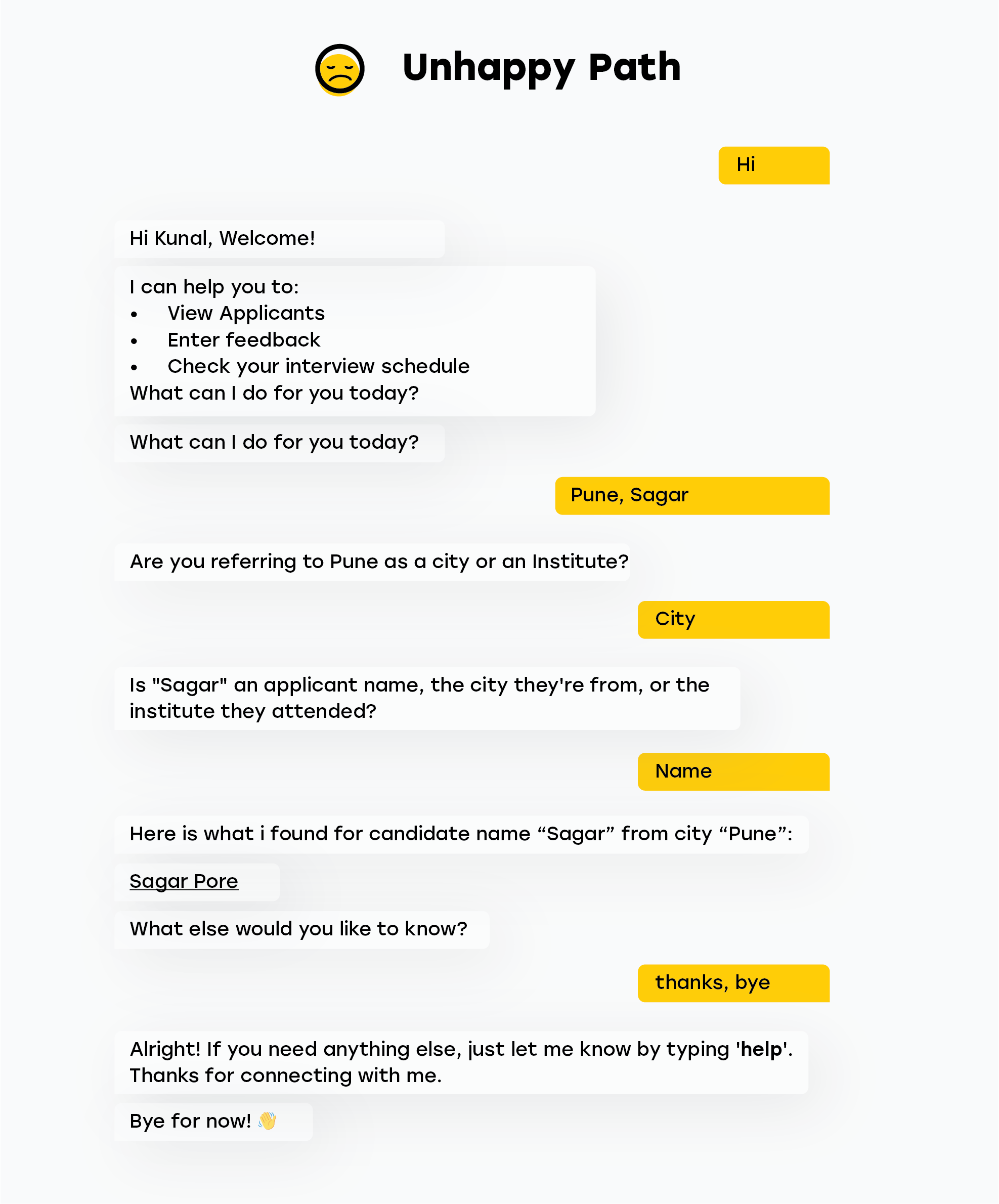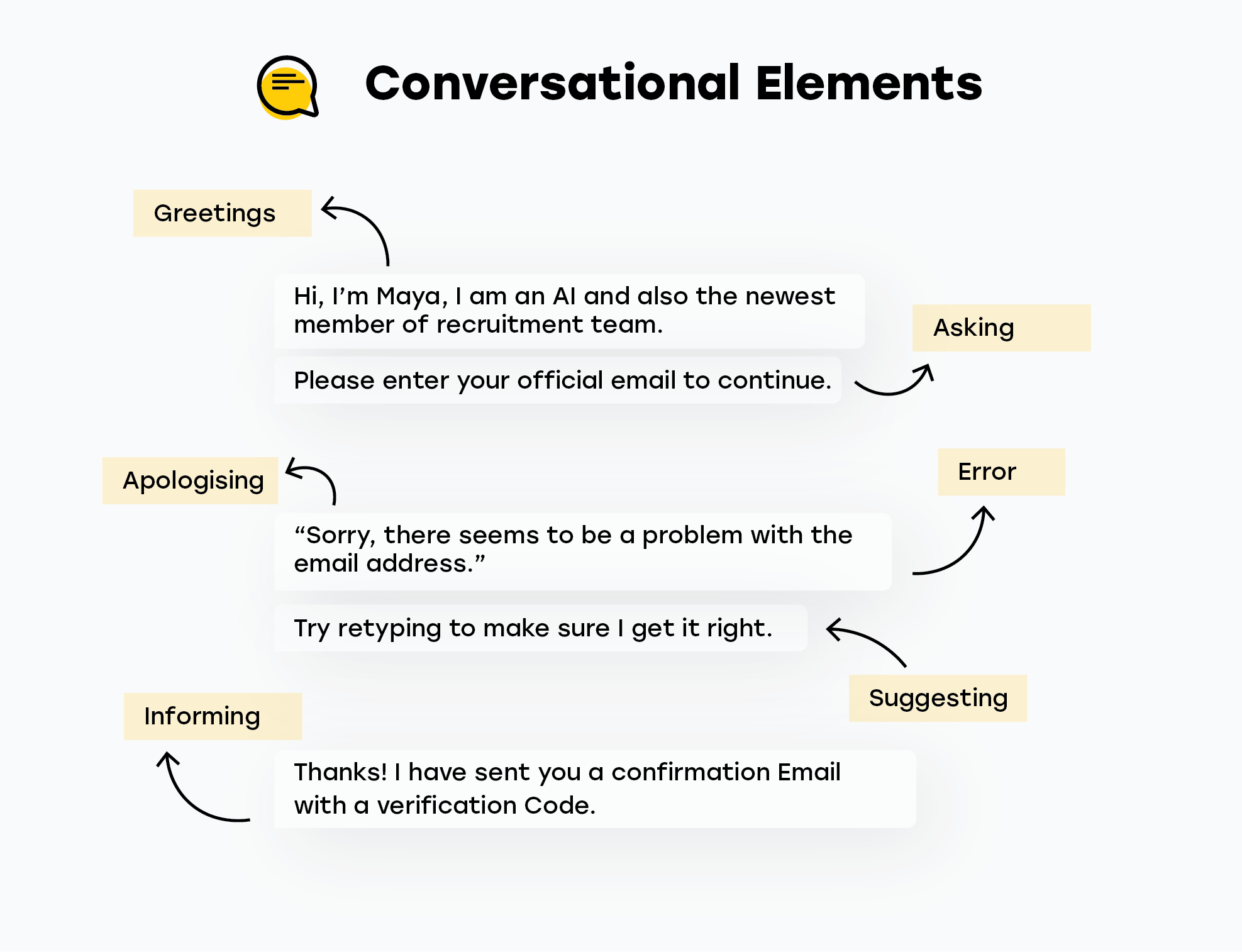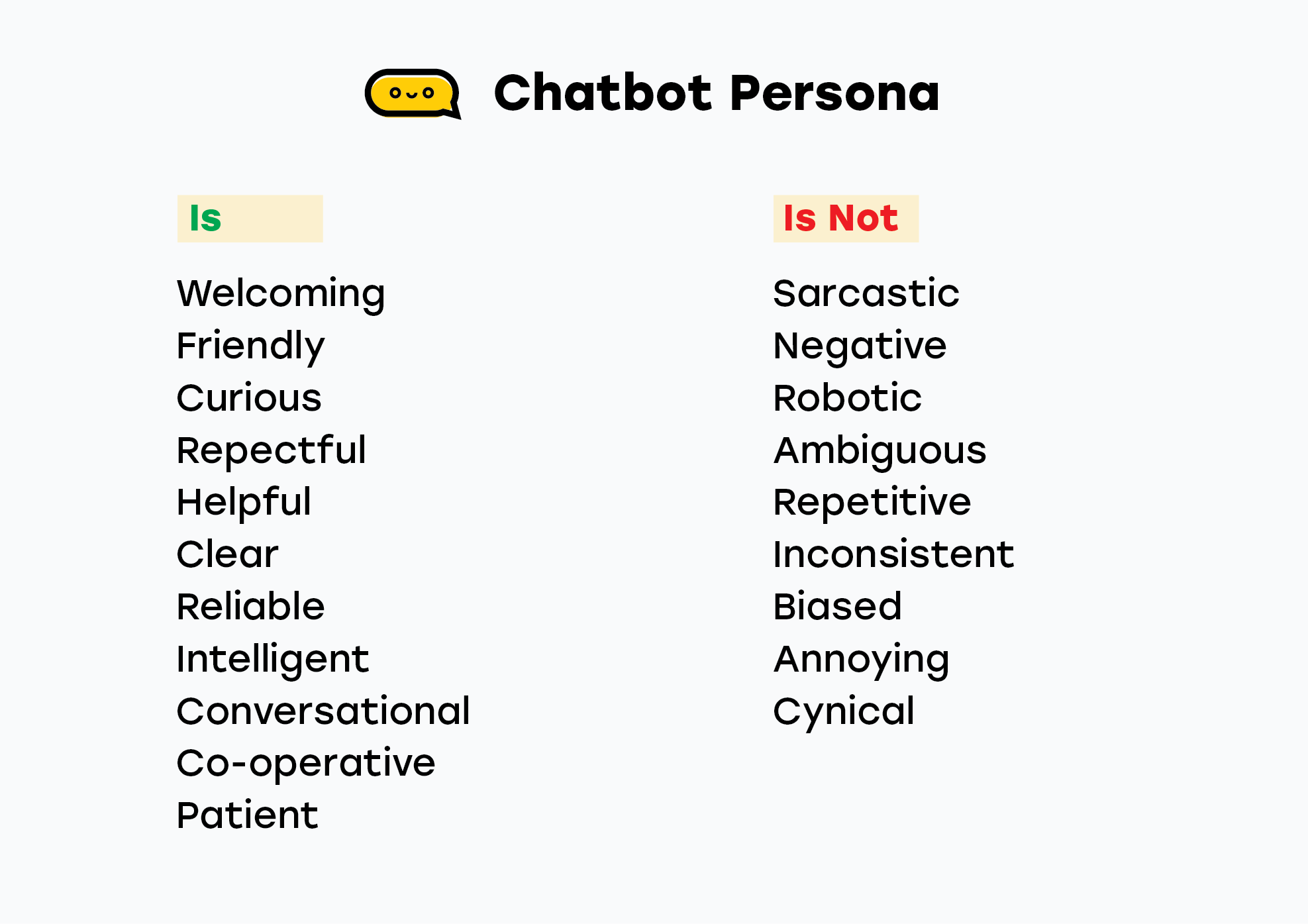By implementing conversational AI, businesses can both reduce their operational costs and increase customer engagement. Conversational AI is also scalable. However, maintaining a personalized, empathetic touch is crucial to delivering a positive user experience.
UX designers can elevate this technology by improving conversational user interfaces (CUIs) and helping users feel supported and well understood during their interactions with chatbots. In designing conversational bots at Talentica Software, I’ve found three UX design steps to be key in solving problems and enhancing the user experience.
1. Understand the User’s Intent
In a 2022 survey, 60% of respondents answered that they would wait if that guaranteed they could chat with a human representative rather than a chatbot. Why? Because identifying and understanding user intents and tasks is easier for human representatives who can use their intuition than for bots. CUIs lack accuracy, so achieving the necessary precision can take considerable time and effort.
UX designers can add value by getting the user story right. They can improve a bot’s accuracy by identifying the user’s intent, then defining its scope. Adopting a systematic approach is an effective way of doing this. First, based on the use cases, the designers can note all the tasks and get inputs on them from possible user groups. This helps them focus on what matters and identify areas where the bot can have greater impact in the future.
When designing the CUI for a recruitment platform, I took a similar approach with the help of my team, identifying people who search for candidates, schedule interviews, provide feedback on candidates and their onboarding status, as well as people who engage with a bot for casual conversations. This was essential to creating possible conversational flows for all these roles, ensuring comprehensive coverage.
2. Map the Customer Journeys to Ensure Discoverability
Discoverability directly impacts accessibility, the user experience, and engagement. A well-designed interface in which users can easily locate services, reduces frustration, enhances task completion, and encourages active exploration and engaged interaction.
Each user is unique, responds in diverse ways, and poses questions in a variety of forms. Identifying the user’s underlying intent is the crucial, initial step, and the CUI must adeptly recognize these nuances to provide appropriate responses and prevent user frustration. For instance, in a CUI that I designed, similarities in the names of cities and people highlighted the importance of the precise identification of intent to ensure accurate responses and a seamless user experience. Figures 1 and 2 show examples.

Image source: Talentica Software



